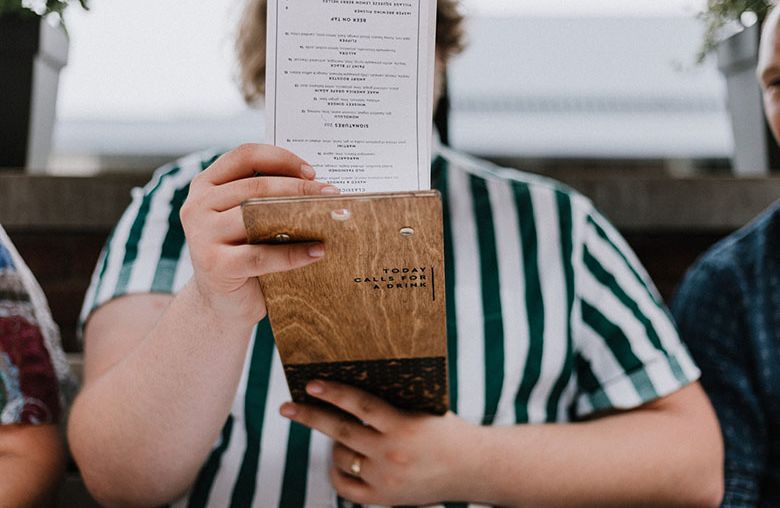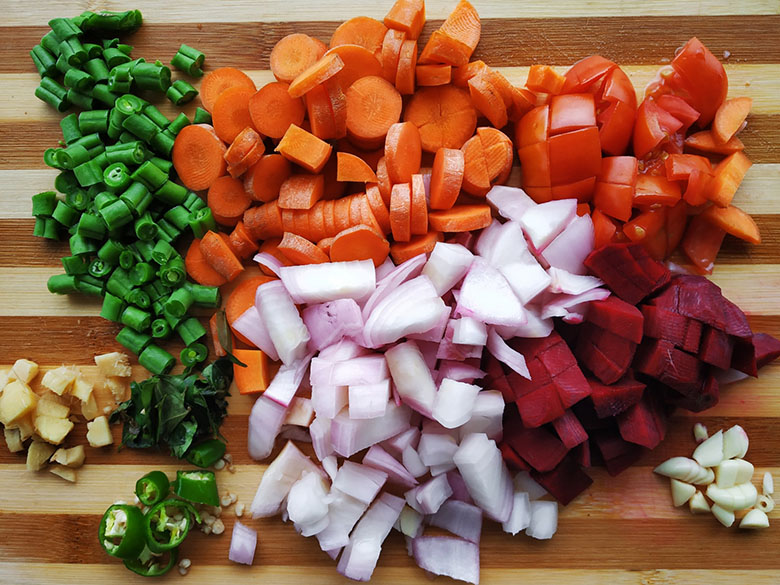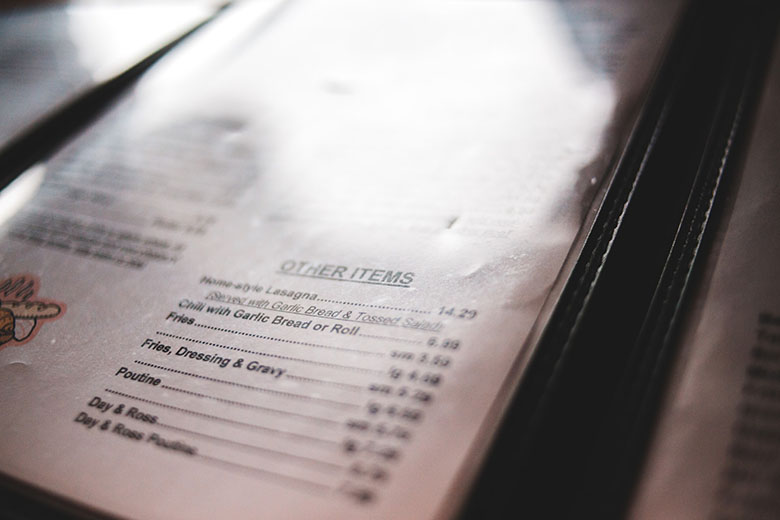3 Great Tips for Menu Building Success

Anyone who has ever been tasked with building a menu can attest to the process seeming, at first glance, overwhelming. Everything has to taste right, look right, and cost the right amount. Mistakes made during the menu engineering process can cost operators thousands of dollars through improperly costed items, waste, or inventory bloating.
Stressed? Not to worry! We’ve compiled 3 of the best tips to consider when designing your next menu.
#1 - Avoid Single Recipe Products
Bringing in a product to be consumed by a solitary recipe is considered a menu engineering faux pas, akin to betting the house each spin at a roulette table. Lacklustre sales of that specific recipe could spell increased product spoilage or higher inventory levels, both of which are a drain on your cash flow. While you can forecast the expected sales levels of an item, it’s an imperfect science at best.
Try to ensure you use any given product in multiple recipes to help keep the fresh product flowing and inventory levels at a minimum.
- Example 1: Carrots could be repurposed from a glazed dinner vegetable to a fresh, shredded crunch on a salad, to a carrot and ginger soup.
- Example 2: Goat’s cheese from a salad used as a crumble on pasta, or a baked cheesecake.
Increasing the number of recipes that consume a particular product simultaneously lowers your chances of waste and heightened inventory levels. That’s a bet I’d take any day!
#2 - Use Ingredients in the Same Unit of Measurement They’re Purchased In
To start, it’s important to note that there are 3 main classes when it comes to Units of Measurement (UOMs): Weight, Volume, and Units.
Weight identifies UOMs such as “kilograms”, “pounds”, and “ounces”; Volume pertains to units such as “litres”, “gallons” and “cups”; while Units categorises UOMs such as “each”, “count”, and “piece”.

Now having said that, raise your hand if you’ve seen a recipe that calls for “5 tomatoes”. Probably most of us have seen something similar, right? While not isolated to just produce, we’ll use that as a prime example of why you shouldn’t (or can’t) do that.
You Can’t Accurately Cost Those Ingredients.
To find the basic cost of an item, you need the following metrics:
- Price per UOM
- Quantity (of UOM)
Therefore, the cost of the item is:
- Cost = Price (per UOM) x Quantity (of UOM)
- e.g.: $21 = $7/lb x 3lbs
Let’s bring the tomatoes back into the discussion. Tomatoes are an item typically sold by a unit of weight (e.g.: $50 for 25 lbs). If we try to cost a recipe that calls for 5 tomatoes, we’ll run into the following problem:
- Cost = Price (per UOM = $2/lb) x Quantity (of UOM = 5 x each).
“Each” is not a member of the weight class -- there are no conversions that accurately translate, nor does it equal the unit of measurement supplied for the price. That means we’re unable to obtain a value for this item. To properly cost each ingredient, you need to ensure that you are always using it in the same measurement class as you purchase it.
Unsure of which class a product is? Check your invoice! Most suppliers will list the “Price Per” and “Unit of Measurement” as a table column on their invoices. A quick scan of this will be able to show you which class a product belongs to!
Another Direct Issue? Inconsistency.
Aside from the inability to properly cost an item without the correct unit of measurement, tomatoes are a very seasonal product. Chances are you consume multiple varieties throughout the year, all with different sizes, shapes, and flavours without so much as a blink.
It’s a struggle to achieve total consistency in your own recipes until you standardize the quantity of ingredients being used. For example: considering the above recipe using “5 each” tomatoes:
- 5 tomatoes in February might weigh 2 lbs, while 5 tomatoes in August might yield 3.25 lbs
We mentioned in a previous blog post that consistency is key! How many times have you gone out to one of your favourite restaurants with a specific dish on your mind for days, only to order it, and have it prepared differently. How did that experience make you feel?
While perhaps you can’t control the variety of tomatoes available, you can rest assured knowing that 35 oz of tomatoes weighs the same 365 days of the year.
#3 - Build Proper Portioning and Slicing Charts
Prior planning prevents... well, you know the rest. Having proper portioning and slicing charts that clearly display the correct quantities and units of measurement to portion items is crucial in your menu engineering efforts. Designing a menu item to use specific quantities of ingredients and executing it are two very different pieces of the same puzzle. They only work when pieced together properly.

I want you to imagine two different scenarios, but in both of these scenarios:
- You are serving a Club Sandwich that is costed to contain 3 oz of turkey.
- You are selling the Club Sandwich for $15.00
Scenario 1:
- There is an insert on the line filled with 90 oz of cooked and sliced turkey, unportioned
- Each time an order comes in you grab a handful of turkey and toss it in a pan to heat up. You’ve worked here for a long time and you know what 3 oz of turkey looks like.
- At the end of a busy lunch service all of the turkey is gone
- You check the POS terminal after and note that you only sold 25 sandwiches
- This means there is 15 oz (almost a full pound!) of waste, and inconsistent products leaving the kitchen
- There were also missed revenues of $75 - another direct blow to your food cost!
- Imagine this scenario repeated across multiple products each and every service - how much money in missed revenues is impacting your operations?
Scenario 2:
There is an insert on the line filled with 90 oz of cooked and sliced turkey, portioned in 3 oz compostable bags.
There’s no need to do the rest - you know that this time around there will be no missed revenues or product waste! Repeated across multiple products, a simple chart on a wall could save you thousands of dollars over the course of a year and boost your customer retention by offering consistently amazing portions and products.
Summary
Building and costing a menu can be stressful, but by considering a few small changes to your menu-building process, you can ensure that you’re not only getting consistent food costs, but your guests are getting consistent results too.